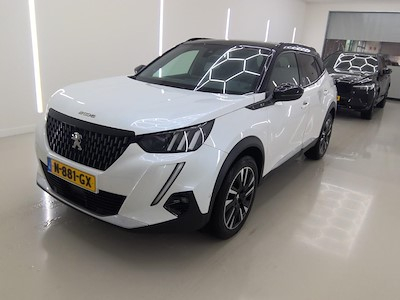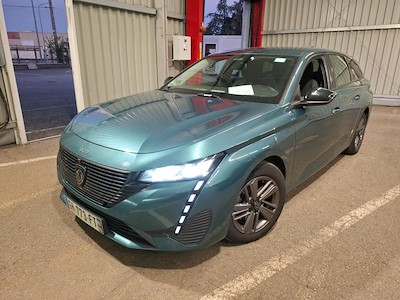Car VIN check Hungary
Free for service users
Search by brand
Our advantages




Why to check the VIN number of the car with the decoder
The VIN decoder is a tool that allows you to decode the 17-digit vehicle identifier. Each position contains certain information: from the manufacturer and body type to the manufacturer and serial number.
To run a car by VIN-code means:
- Reconcile the equipment. The VIN report includes factory assembly and the list of original equipment.
- Run the auto by VIN. The history includes accidents, damage, stranded mileage, insurance claims.
- Check the car by VIN code before registration. Inconsistency can lead to refusal in registration.
- Confirm the legality of origin. If the VIN is missing from the database, the report is returned with a money-back guarantee.
For those who plan to deliver vehicles from Hungary to the CIS, such a check reduces the risks of buying a problem vehicle.
Contents of our VIN decoder report
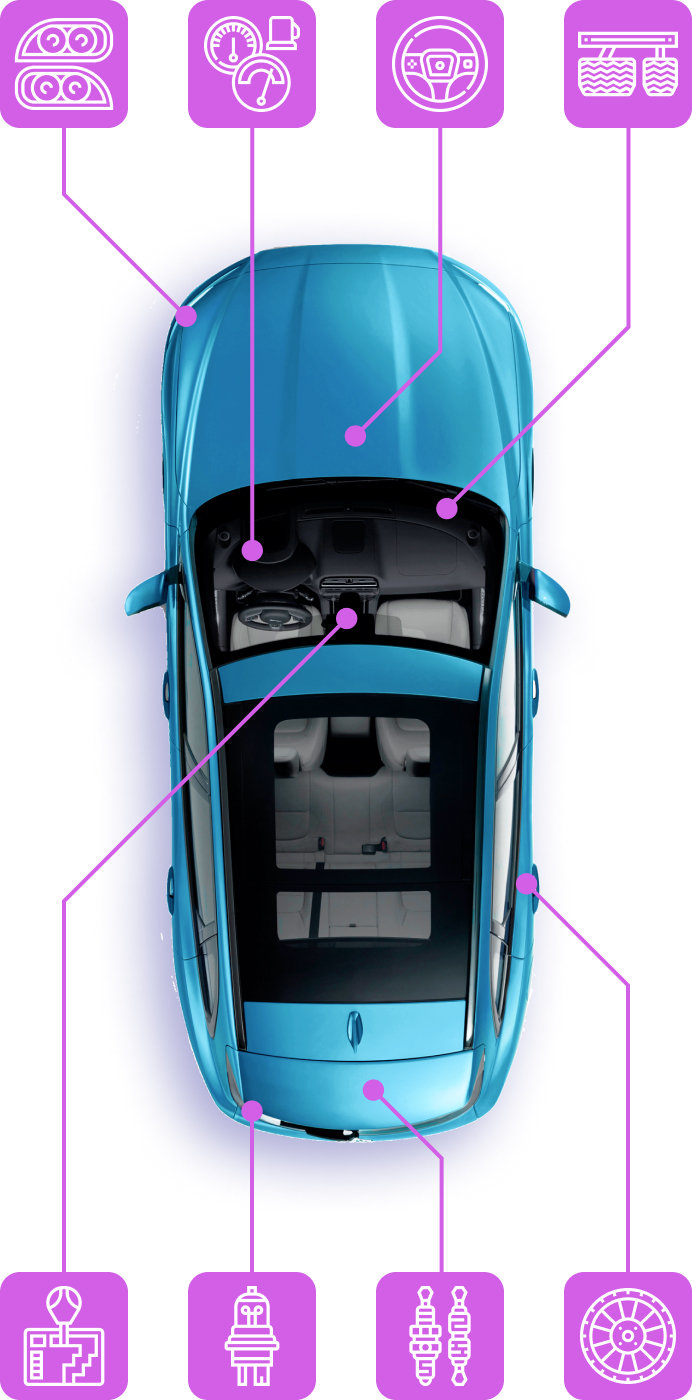
- Car make and model
- Series and body type
- Drive type
- Transmission type
- Model code
- Engine code
- Date of manufacture by VIN
- Engine displacement
- Engine power
- Fuel type
- Ecological standard
- Equipment by VIN
- Machine colour
- Bumper material
- Presence of body protection elements
- Security systems
- Air conditioning and heating system
- Electric actuators and adjustments
- Number of USB ports
- Multimedia system
- VIN equipment check
- Wheel and tyre size
- Suspension type
- Spare wheel availability
- Parking sensors and cameras
- Tyre pressure sensors
- Start-stop system
- Type of lamps
- Presence of daytime running lights
- On-Board Diagnostics (OBD)
- Electrical architecture
BidCar's VIN report provides a complete dealer service history for your vehicle. The information included will help you learn all about the vehicle's condition and work performed. The report contains:
- All service orders including exact dates, mileage, list of work performed, parts used with catalogue numbers.
- Comments and recommendations from masters and diagnosticians.
- Information on major repairs - engines, gearboxes, bodywork.
- Data on whether the car was used as a taxi or scrapped abroad (e.g. in the USA).
- Information about chipping the car, if it was recorded by the dealer during an internal combustion engine software check.
- A full listing of work and spare parts with quantities and catalogue numbers.
- Technical manuals for mechanic and body repairs and electrical diagrams of the vehicle.
- Complete dealer documentation in a large PDF document that stays with you locally.
In addition, it is important to note that the data in the report is not obtained from free sources such as traffic police or FSSP, but directly from official dealers. The report is generated in just 1-5 minutes and saved on your device.
- Vehicle class and type
- Glass and mirror settings
- Type of steering
Frequently Asked Questions (FAQ)

Latest VIN reports
| Brand / Model | Date | VIN |
|---|---|---|
| Audi A6 avant 2.0 TDI 35 S TRONIC BUSINESS EDITION PLATINUM | 23/03/2021 | WAUZZZF21MN0XXXXX |
| Mercedes-Benz Classe cla shooting brake (x118) CLA 250 E PHEV, 2021 | 16/04/2021 | W1K1186861N2XXXXX |
| Volkswagen T-roc 1.5 TSI 150PK DSG SPORT+ MULTIMEDIA WINTER EXECUTIVE ADVANCE, 2020 | 23/07/2020 | WVGZZZA1ZLV1XXXXX |
| Fiat Doblo cargo S&S SX Kasten, 4-turig, 5-Gang | 30/11/2020 | ZFA26300006TXXXXX |
| Tesla model 3 75 kwh long - | 10/03/2021 | 5YJ3E7EB4MF8XXXXX |
| Volkswagen Transporter 2.0 TDI L1H1 Highl. | 14/01/2020 | WV1ZZZ7HZKH1XXXXX |
Where the VIN number of the vehicle is located
Manufacturers apply the VIN in areas that are protected from damage and tampering. This helps to guarantee the authenticity of the identifier.
The main places where the VIN code is applied:
- Under the windscreen, in the corner on the driver's side - most often in the viewing area.
- On the driver's door pillar or in the opening near the lock.
- On the bonnet lid or on the panel underneath.
- On the engine block or near the flywheel.
- Under the floor covering or under the seat - depends on the car model.
The VIN must be clearly legible. When buying the car, check the number on the bodywork and in the documents.
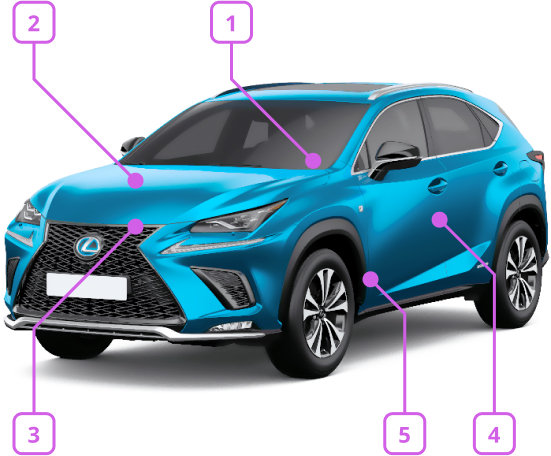
Decoding VIN history of a car
VIN consists of 17 characters divided into three meaningful parts:
- WMI (1-3 characters) - World Manufacturer's Code. Indicates the country and brand.
- VDS (4-9 symbols) - technical description of the model: chassis, body type, engine displacement, drive.
- VIS (10-17 symbols) - serial number, check digit and year of manufacture.
The VIN is decoded using a decoder that produces a detailed report on the car. Free Mercedes, Audi, Opel, Fiat and other brands vin code verification is available.
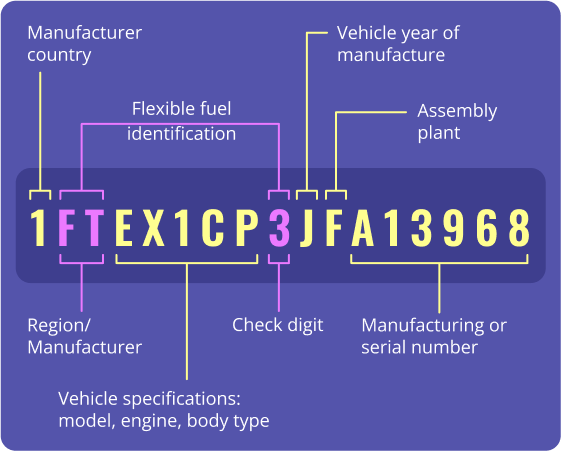
Cars from Hungary are in stable demand on the secondary market in Europe. The main reasons are the developed network of official dealers, moderate mileage, regular maintenance and strict control at the inspection station. The country receives models of European assembly, including Volkswagen, Opel, Ford, Peugeot, Mercedes-Benz. Despite the external grooming, some cars have a hidden history: participation in accidents, changes in equipment, technical deficiencies.
Checking the car by VIN-code allows you to identify any discrepancies in the documents, check the true configuration, history of registrations and technical condition. This is a mandatory step before buying a car from Europe. Especially when it comes to buying a car from an auction.



















































